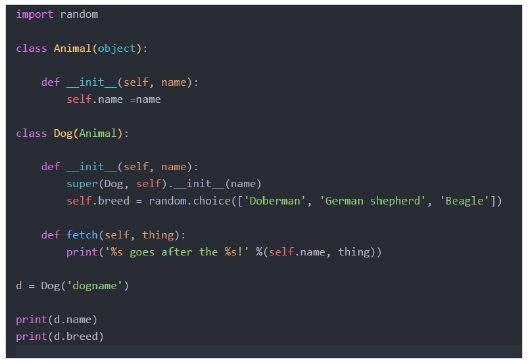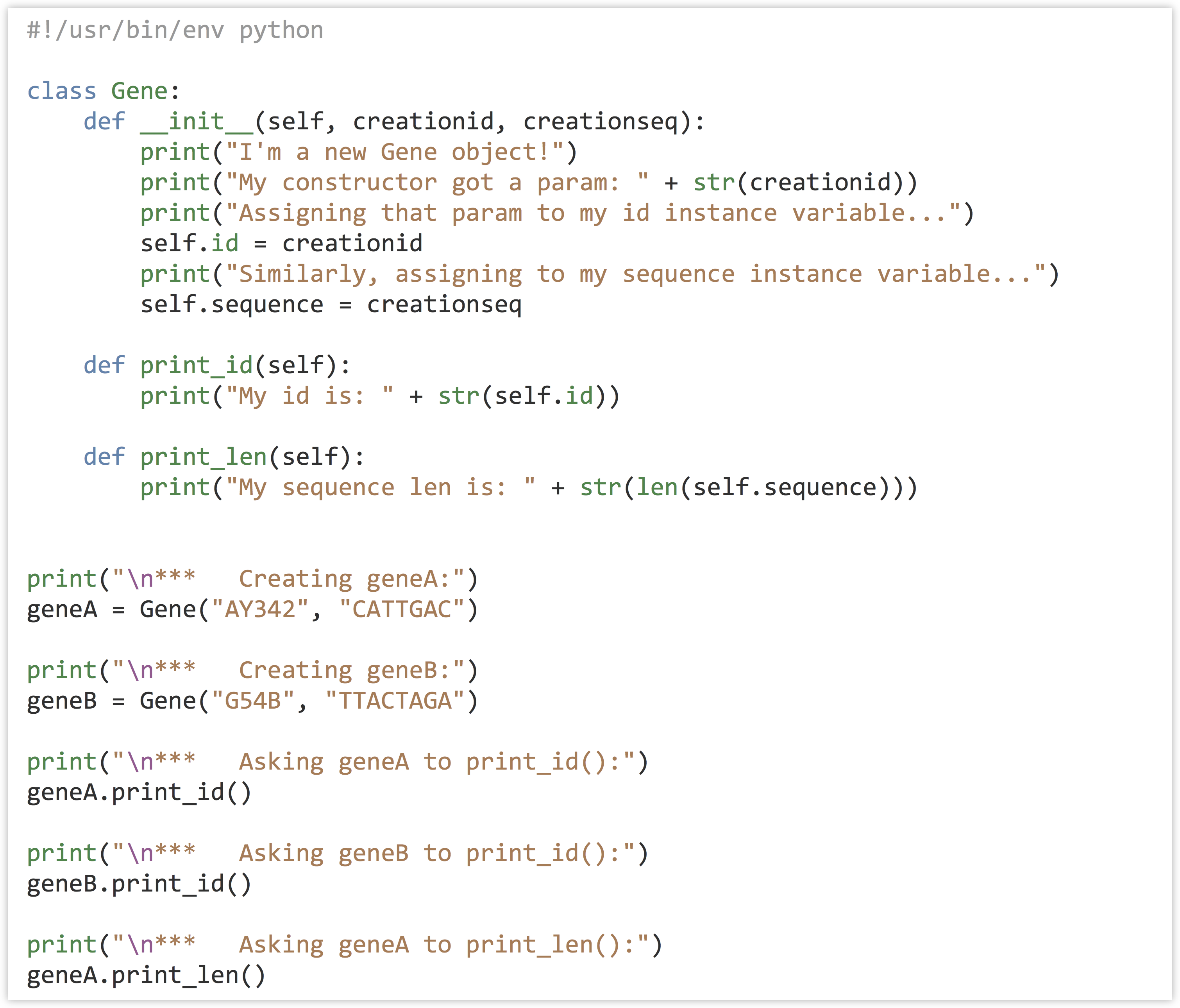python class constructor parameters
In C or Java a constructor has the same name as its class but things arent the same with Python. Primarily the constructor can be used to put values in the member variables.

Constructors In Python For Data Science Pst Analytics
Selfwidth width selfheight height selfpos.

. Python is an object oriented programming language. We always call it __init__. Classes provide a means of bundling data and functionality together.
In Python the __init__ method is called the constructor and is always called when an object is created. In any programming language constructor is a method which by default is invoked whenever an instance object for a class is created. It is similar to the default constructor just that this time it is taking few parameters.
If there is a Python class without a Constructor a default Constructor is automatically created without any arguments and parameters. This constructor in python does not accept any type of arguments. It binds the instance to the init method.
In this example. Simple example code accepts the arguments during object creation then such types of constructors are known as Parameterized constructors. This method is called by Python when you either explicitly convert an object from that class to a string using the Python str function or implicitly eg.
Syntax of constructor declaration. Its an easy way to initialize an object of a Python class. X y and z.
To add optional arguments to classes in Python we have to assign some default values to the arguments in the classs constructor function signature. Declaring a constructor in such a way that it accepts the arguments during object creation then this type of constructor is called as parameterized constructor. Def __init__ self arguments The def keyword is used to define it because its a function.
Generally the constructor is used for initial intializations that are required during the object creation. It takes the first argument as a reference. Set Optional Arguments for a Class Constructor in Python.
The __init__ function syntax is. Here z is the optional argument because it has a default value set for it. Parameterized constructor in python.
This method helps to replicate the multiple constructor feature in python. The __init__ method takes the new object as its first argument self. The task of constructors is to initialize assign values to the data members of the class when an object of the class is created.
Initialize the instance with suitable instance attribute values. Creating a new class creates a new type of object allowing new instances of that type to be made. Parameterized constructor constructor with parameters is known as parameterized constructor.
On writing the same method multiple times for a class the last one overwrites all the previous constructors. Then another special method __init__ takes the resulting object along with the class constructors arguments. Im using Python 27 and tried with Python 32.
The constructor which has parameters is known as parameterized constructors. The general form of writing a constructor. When printing out the object with print.
Constructors are generally used for instantiating an object. Constructor def __init__ self name age. This constructor doesnt accept any arguments.
It will contain only one argument in reference to the constructor which is build in the program. A parameterized constructor is a special function that can take parameters while creating the class. Example Parameterized constructor in Python.
We can define as many parameters as we need. You may also print messages in the constructor to be confirmed whether the object has been created. Print Initialize the new instance of A self.
In Python the class name provides what other languages such as C and Java call the class constructorCalling a class like you did with Person triggers Pythons class instantiation process which internally runs in two steps. By default this method takes one argument known as self. To create a constructor in Python we need to define a special kind of magic method called __init__ inside our class.
But it has to be the first parameter of any function in the class. A Class is like an object constructor or a blueprint for creating objects. In case the user wants to.
In addition to __init__ for the constructor there is another special method called __str__. Constructors let us initialize an object. In Python the __init__ method is called the constructor and is always called when an object is created.
We can pass the values data during object creation. In python constructor is a method with the name. Almost everything in Python is an object with its properties and methods.
The class Point constructor accepts three arguments. Use the words mysillyobject and abc. This will only take the first argument as the reference.
To run the first step Python classes have a special method called __new__ which is responsible for creating and returning a new empty object. In Python a Constructor begins with double underscore _ and is always named as __init__. Python class constructor is the first piece of code to be executed when you create a new object of a class.
Read Python if else with examples. Since multiple constructors do not work well with python the class constructors exhibit polymorphism. Its usually named self to follow the naming convention.
Self takes the address of the object as its argument and it is automatically provided by Python. The constractor in Python. Object Initialization and self-parameter A constructor is essentially a class function with its name surrounded by double underscores __.
Create a new instance of the target class. This is why when we do not declare a constructor in our program. Im trying to use the inspect module however it seems I cant use it on a built-in native class or else I misunderstood.
The first argument refers to the current object. Constructors are generally used for instantiating an object. Each class instance can have attributes attached to it for maintaining its state.
The task of constructors is to initialize assign values to the data members of the class when an object of the class is created. An object cannot be created if we dont have a constructor in our program. Class instances can also have methods.
This makes the other two arguments x and y compulsory. Try out the following two commands for. In python Constructors arguments can also be passed.
Classes Python 3104 documentation. The parameterized constructor in Python is the constructor with multiple parameters. For Object 1 no value was passed for the z argument and from the output we can see that the default value was considered for z.
Its called first and is. 21 Python default constructor example. Let us take a look at an example.
Its not required to explicitly invoke or call it. Example Python Parameterized Constructor. To continue with the.
And on different parameters or instances of a class. The general form of the constructor is by writing a class and below this class we write def then we write the constructor function which is __init__ then open parentheses and write self in it. In Python every class must necessarily have a Constructor.
It will set custom values for instance variables.
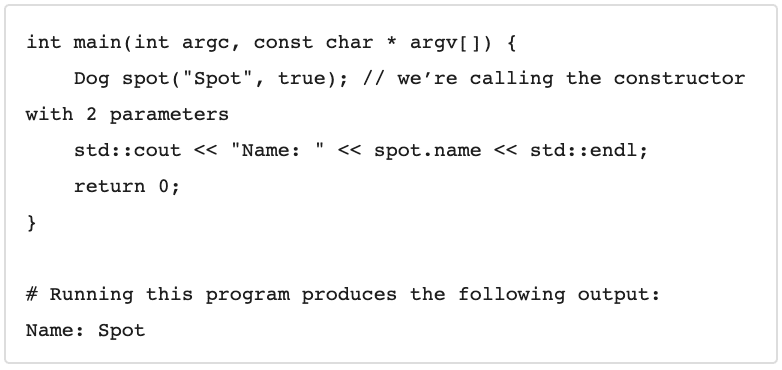
What Is A Constructor In C Udacity
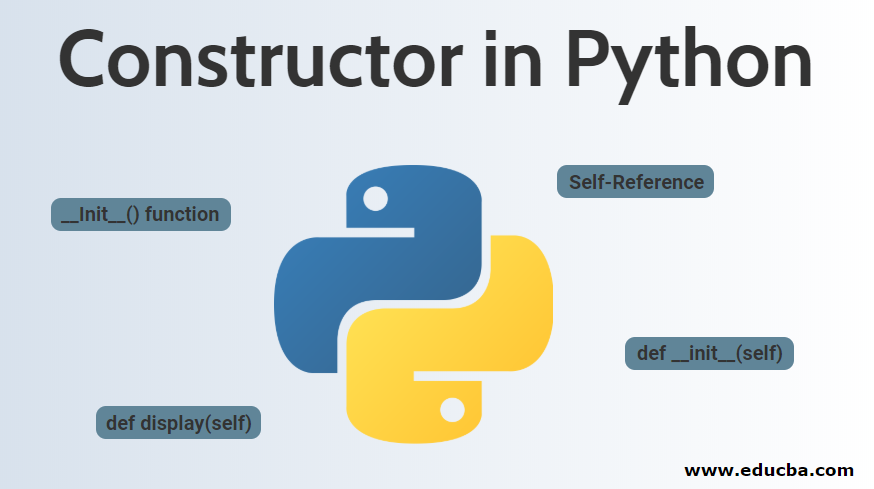
Constructor In Python Working Of Python Constructor Wih Sample Code
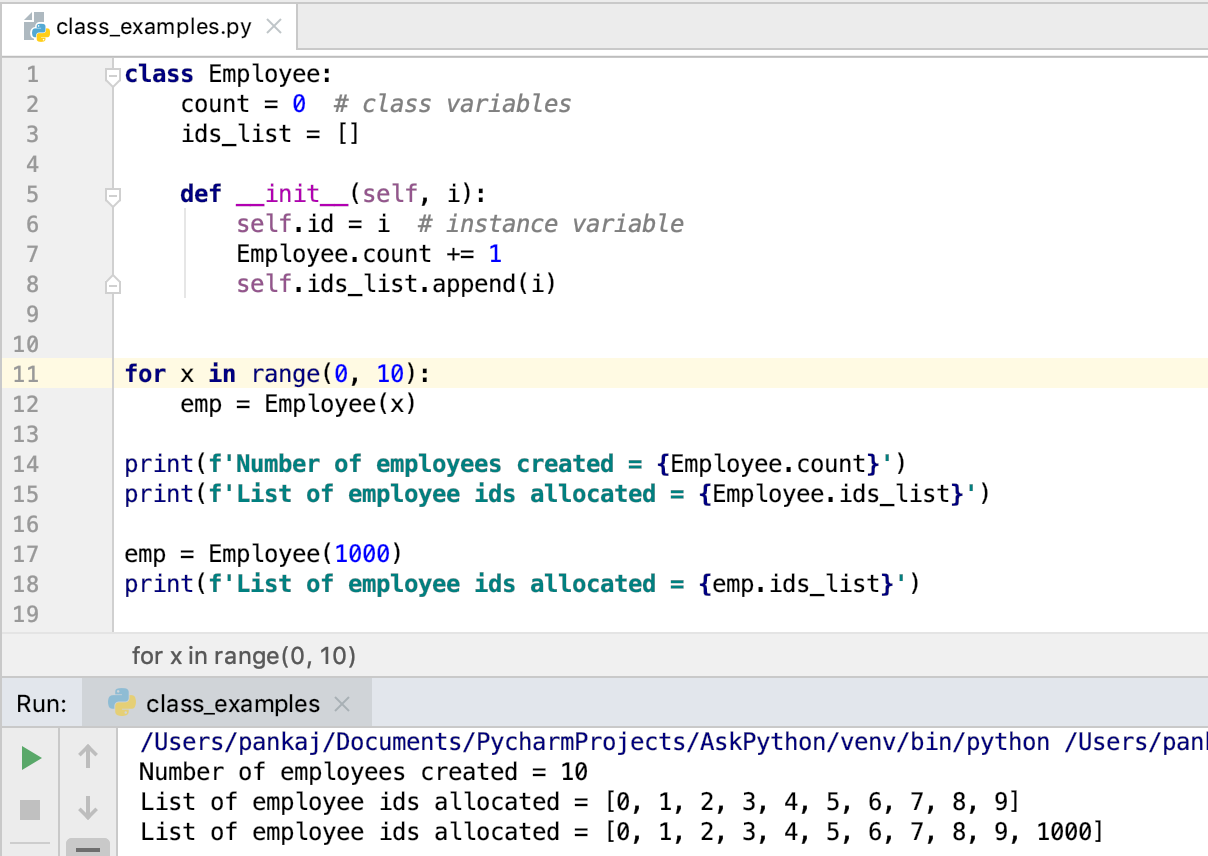
Python Classes And Objects Askpython

Generate A Constructor Quick Action Visual Studio Windows Microsoft Docs

Python Constructors Tutorialbrain

Constructor In Python Python Guides
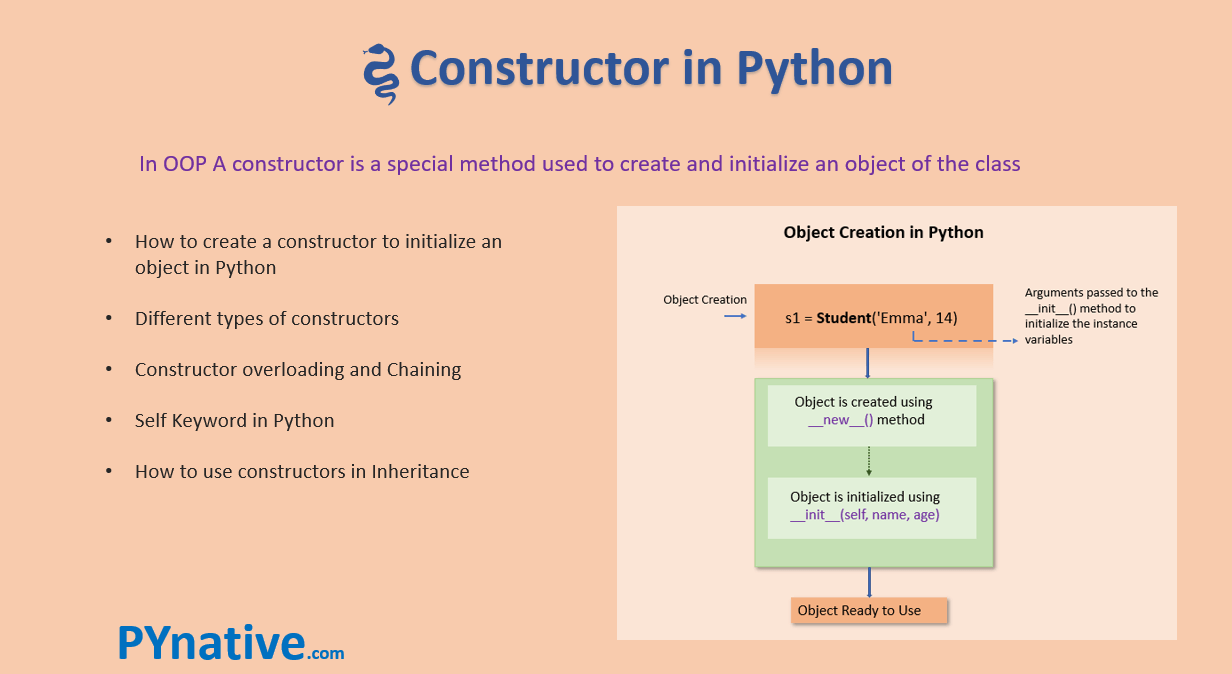
Constructor In Python Guide Pynative

Python Class Constructor Default Parameterized Developer Helps

Python Super Python 3 Super Journaldev
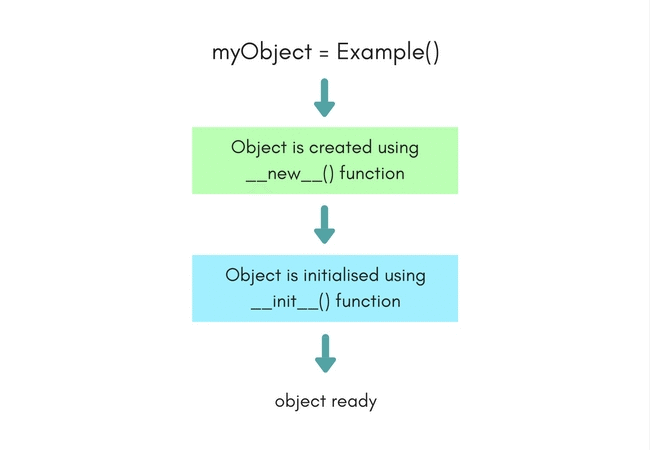
Python Constructors Studytonight
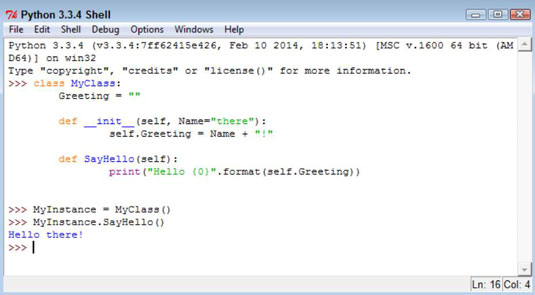
How To Create A Constructor In Python Dummies

Python Constructors Tutorialbrain
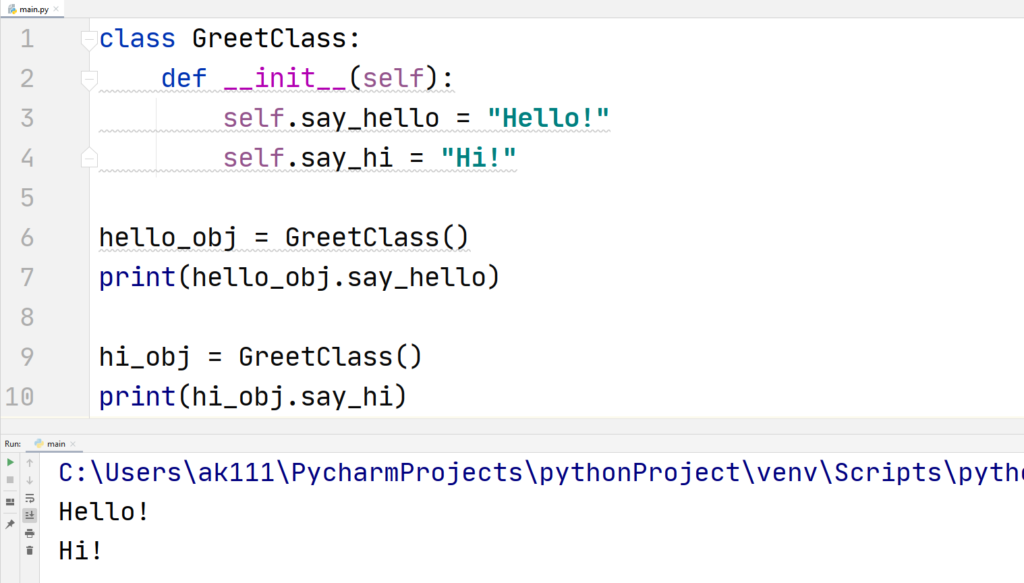
Python Constructors Tutorialbrain
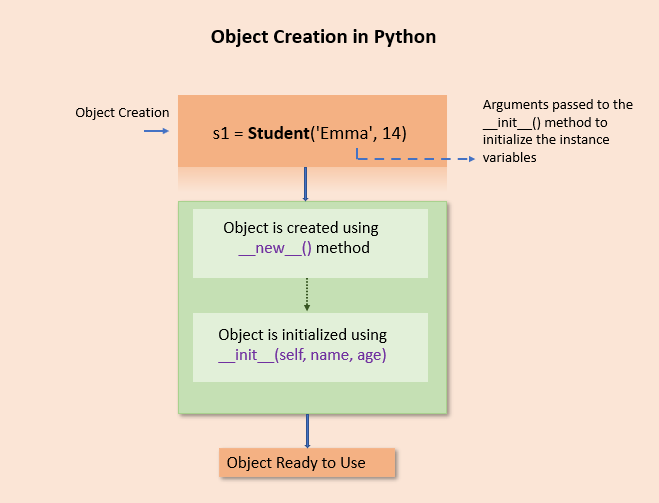
Constructor In Python Guide Pynative

Init Python Is Init In Python A Constructor Python Pool
